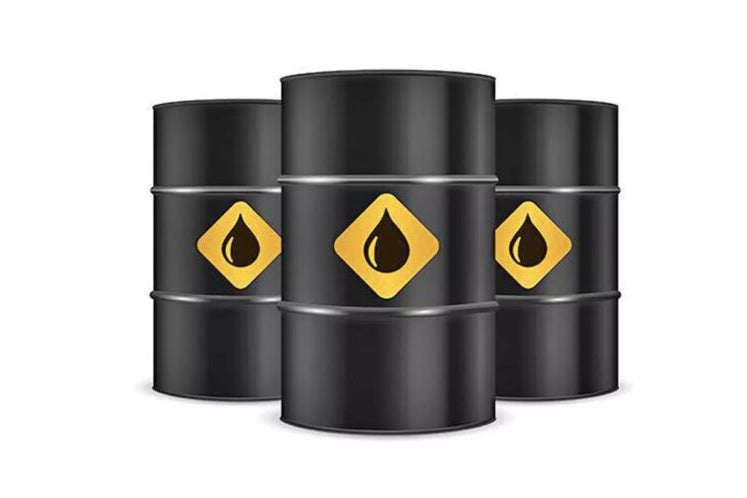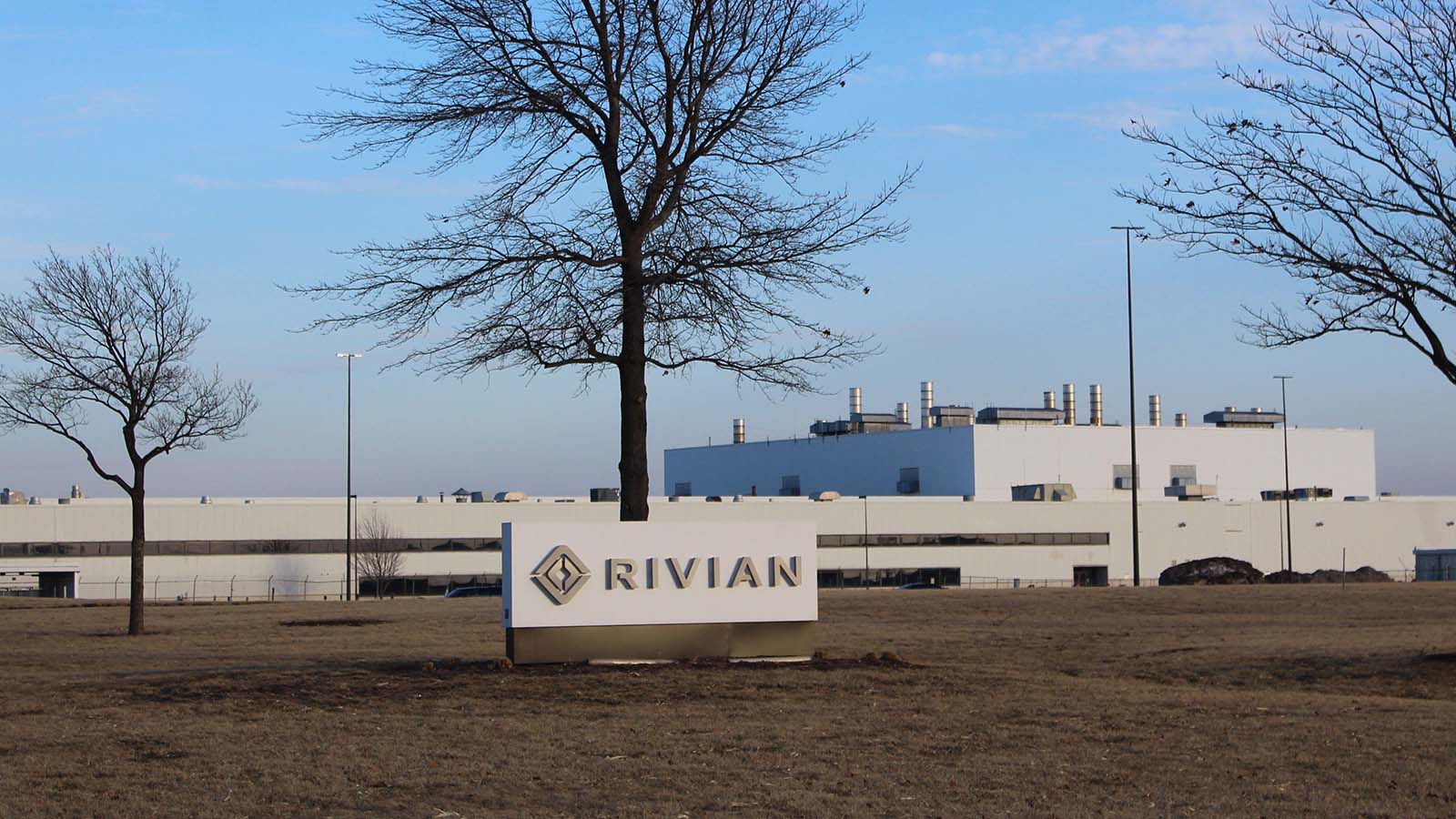BEIJING(Reuters) – China’s factory activity in March expanded at the slowest pace in almost a year on softer overall domestic demand, but underlying economic conditions remained positive even as input and output inflationary pressures intensified for manufacturers.
The Caixin/Markit Manufacturing Purchasing Managers’ Index (PMI) dropped to 50.6 last month – the lowest level since April 2020 – from February’s 50.9, missing analyst expectations for an uptick to 51.3.
The 50-mark separates growth from contraction on a monthly basis.
The findings contrast with those in an official survey which showed manufacturing activity grew at a stronger pace as large firms ramped up production after a brief lull during the Lunar New Year holidays.
Although supply chain disruption related to previous COVID-19 outbreaks eased, the private survey showed factories reported a sharp increase in input costs, which surged at their fastest clip in 40 months.
The Caixin survey focuses on small, private and export-oriented firms while the official survey typically polls large and state-owned manufacturers.
Producer price inflation in February already picked up to its highest level in more than two years.
“We should pay attention to inflation in future as the gauges for input and output prices have been rising for several months,” said Wang Zhe, Senior Economist at Caixin Insight Group, in a statement accompanying the data release.
“The growing inflationary pressure limits the room for future policies and is not a good thing for sustaining an economic recovery in the post-epidemic period.”
Exporters previously told Reuters that they were a facing a squeeze in profits due to surging raw material prices, a rallying Chinese currency and rising labour costs.
But not everything was gloomy, as Thursday’s survey showed the return to growth of new export orders as foreign demand improves amid greater global COVID-19 vaccination efforts – in line with findings in the official survey.
Chinese manufacturers trimmed their staffing levels for the fourth straight month in March, but the rate of reduction was only marginal.
Firms also remained strongly optimistic about the business outlook over the next year due to hopes of an end to the pandemic, a rebound in overseas demand and plans to expand capacity, the survey showed.
China managed to largely bring the COVID-19 pandemic under control much earlier than many countries as authorities imposed stringent anti-virus curbs and lockdowns at the initial phase of the outbreak.
That has helped its economy mount a rapid turnaround after a slump at the start of 2020, led by resurgent exports growth as factories raced to fill overseas orders.
Beijing has set an annual economic growth target at above 6% this year, well below analyst expectations for an expansion of more than 8% as authorities emphasised the importance of solidifying the recovery rather than chasing higher GDP numbers.
China was the only major economy to post growth last year with an expansion of 2.3%, but that still marked the weakest annual pace in more than 40 years due to the COVID-19 fallout.
Reporting by Stella Qiu and Gabriel Crossley; Editing by Shri Navaratnam





